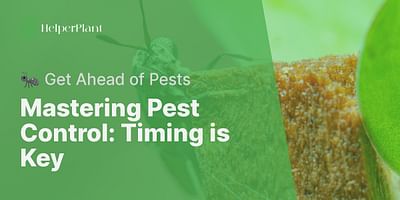Violet Mertz is a dedicated horticulturist and author who has devoted over ten years to the art of companion planting. Her passion lies in exploring unique plant pairings, and she is committed to imparting her extensive knowledge to others.
Answer:
Hey there! Planning your fall garden in North Texas? I've got you covered with a comprehensive fall planting calendar. Fall is a fantastic time to get your hands dirty and grow some amazing plants. The mild temperatures and ample rainfall create the perfect conditions for a bountiful harvest. So, let's dive into the fall planting calendar for North Texas!
September:
In September, you can start planting cool-season vegetables like broccoli, cabbage, cauliflower, and kale. These veggies thrive in the cooler temperatures of fall and can withstand light frosts. It's also a great time to sow seeds for lettuce, spinach, radishes, and carrots. Don't forget to add some herbs to your garden, such as parsley, cilantro, and dill.
October:
As the temperatures continue to drop, October is the perfect time to plant root vegetables like beets, turnips, and onions. You can also sow seeds for Swiss chard, collard greens, and mustard greens. If you're a fan of peas, now is the time to plant them too. Additionally, consider adding some colorful flowers like pansies, violas, and snapdragons to brighten up your garden.
November:
In November, focus on planting garlic cloves and shallots. These bulbs will overwinter and provide you with a delicious harvest in the spring. It's also a good time to plant cool-season herbs like thyme, oregano, and sage. If you're interested in growing strawberries, November is the ideal month to get them in the ground.
December:
December is a quieter month in the garden, but you can still plant cool-season vegetables like Brussels sprouts and leeks. It's also a great time to start planning for the next growing season. Consider adding compost to your soil to enrich it and prepare it for spring planting.
Remember, the fall planting calendar for North Texas is just a general guide. Factors like microclimates, specific weather patterns, and individual preferences can influence your planting schedule. Be sure to check the USDA hardiness zone for your area and adjust your planting dates accordingly.
If you're looking for more detailed information on companion planting and garden layouts, be sure to check out our website, Helper Plant. We have a comprehensive companion planting guide that will help you choose the best plant combinations for your garden.
Happy planting and enjoy your fall garden in North Texas!













